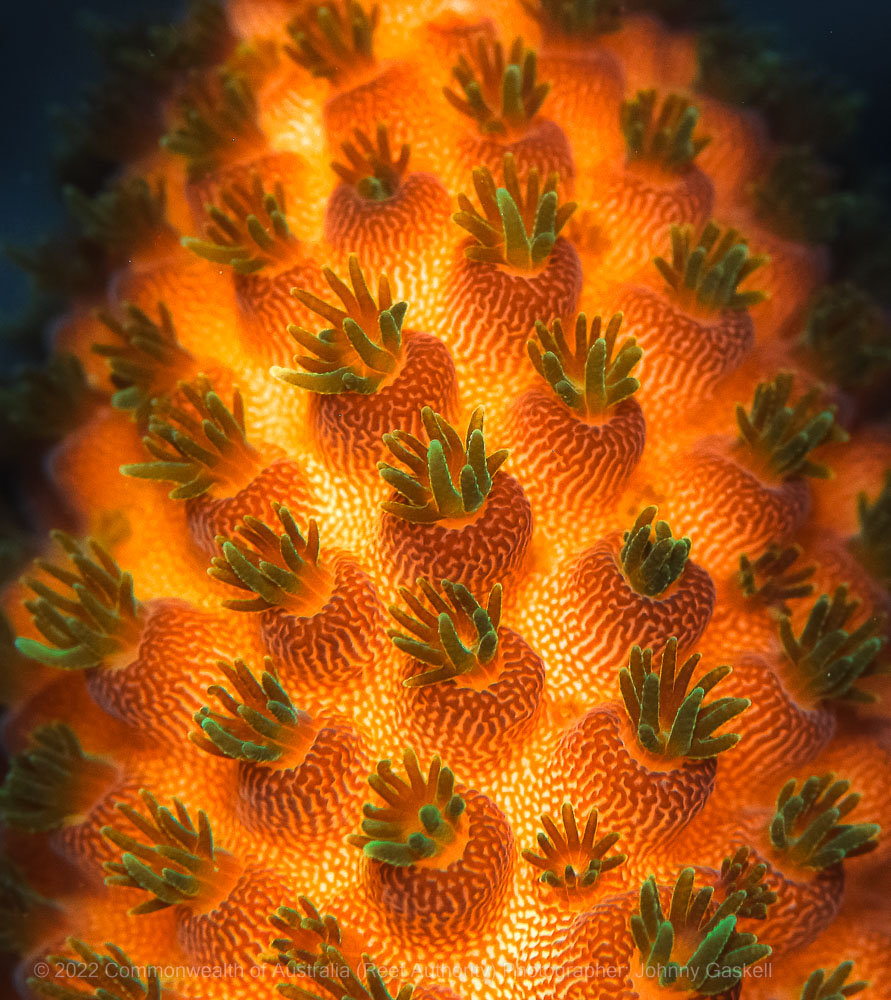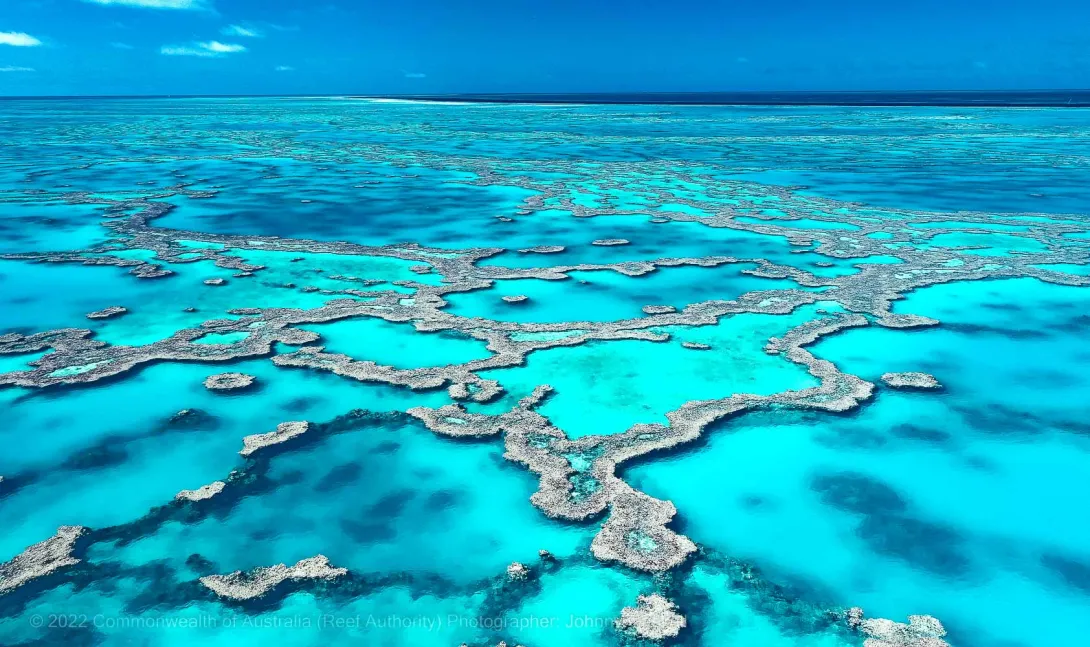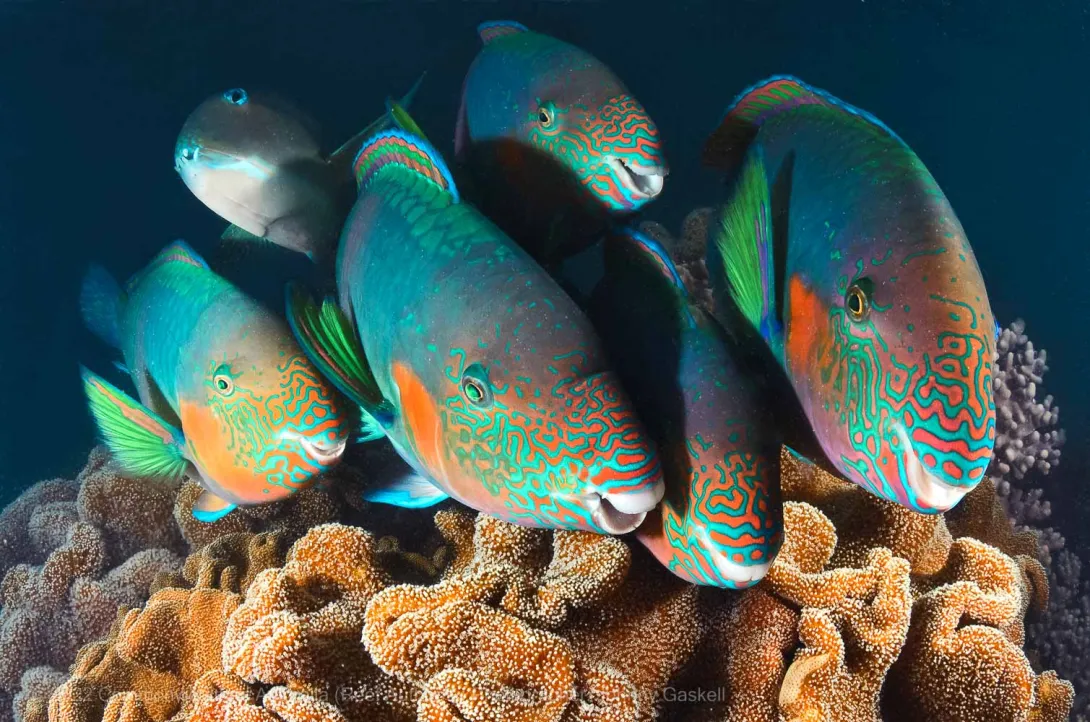The Great Barrier Reef is internationally recognised for its outstanding biodiversity. The Reef's world heritage status recognises its great diversity of species and habitats. Conserving the Reef's biodiversity is not just desirable — it's essential.
Imagine the Reef with fewer species, with no variety. It would be a vastly different place, unable to sustain all that it does today.
What is biodiversity?
Biodiversity is the term used to describe the variety of life on Earth at all its levels, from genes to ecosystems, and the ecological and evolutionary processes that sustain it. It encompasses all living things, from microbes and single-cell algae to marine turtles and whales and their habitats.
Importantly, it is not just a measure of how many species there are, rather, it encompasses all natural variation — from genetic differences within one species to variations across a habitat or a whole ecosystem.
The Great Barrier Reef relies on its biodiversity, from the animals, plants and algae to the micro-organisms too small for the eye to see.
It's this biodiversity that builds such a remarkable ecosystem, as well as supports human use of the Great Barrier Reef.





The Great Barrier Reef's biodiversity
The variety of life along the Reef's vast expanse is immense. The Reef's extraordinary biodiversity and the interconnectedness of species and habitats make the Great Barrier Reef and surrounding areas one of Earth's most complex natural systems.
Maintaining a healthy and diverse Great Barrier Reef ecosystem is important, so it is better able to withstand, recover and adapt to impacts and stress. A productive and healthy Reef environment provides essential resources such as fish and prawns and supports many industries.
- The Great Barrier Reef:
- is the world's largest coral reef ecosystem, extending over 14 degrees of latitudinal range
- includes more than 2900 separate coral reefs
- includes deep water features of the adjoining continental shelf, including canyons, channels, plateaux and slopes
- is made up of 70 'bioregions' (broadscale habitats) comprising 30 reef bioregions and 40 non-reefal bioregions
- has more than 2000 square kilometres of mangroves, with species representing 54 per cent of the world's mangrove diversity
- has about 6000 square kilometres of seagrass beds,
- including about 1050 islands ranging from small coral cays to large continental islands.
In addition, a wide array of animals rely on the Reef, including one of the world's most important dugong populations and six of the world's seven species of marine turtle.
Some 1625 species of fish swim among more than 450 species of hard coral. Lesser known species like molluscs, sponges, marine algae, soft coral and sea pens are just some of the many that call the Great Barrier Reef home.

Managing the Great Barrier Reef Marine Park's biodiversity
We use a suite of management tools to look after the Reef's biodiversity, including legislation, zoning plans and permits, as well as research, partnerships, education and compliance measures.
The Reef's vast size and complexity mean a collaborative approach is one of the most important considerations for the long-term management of biodiversity.
Any one organisation working in isolation cannot achieve what is necessary to protect the Reef's biodiversity.
We are not the sole provider of services to manage and conserve biodiversity in the Great Barrier Reef, and many other government agencies, stakeholders, and community members play a crucial role.

- Fun biodiversity facts:
- Great Barrier Reef contains highly diverse mangroves, which represent 50 per cent of mangrove species worldwide.
- Introduced or ‘pest species’ compete with native species, impacting biodiversity. Increasing eradication success on Reef Islands, through the removal of goats and weeds, is supporting the recovery of these amazing reef islands.
- A coral reef pygmy goby is a vertebrate with the shortest lifespan, only living 3.5 weeks.
- One cleaner wrasse can inspect and clean 2,300 fish each day - like a fish doctor attending to a patient.
- A lot of sand on a Reef comes from parrotfish poo. Some parrotfish can be quite OCD where they go. The largest parrotfish can poo out up to 5 tonnes of clean sand per year...WOW!
